Monthly report - it's summer
jderosa
19 years ago
Related Stories

FEEL-GOOD HOMESimple Pleasures: 10 Ideas for a Buy-Less Month
Save money without feeling pinched by taking advantage of free resources and your own ingenuity
Full Story
LIFEA Month-by-Month Guide to ‘Downton Abbey’ Withdrawal
Missing Lady Grantham’s zingers? Edith’s furrowed brow? Romance simmering downstairs? Here’s help to get you through until season 6
Full Story
DECORATING GUIDESDream Living Room Makeover Progress Report
See how our sweepstakes winner is handling life in a construction zone — and get a peek at the remodel's progress
Full Story
TASTEMAKERSICFF 2012 Report: New Wallpapers From Tracy Kendall
Stitched, sporting puzzle pieces, made for the outdoors ... British designer Tracy Kendall's wallpapers show noteworthy innovation
Full Story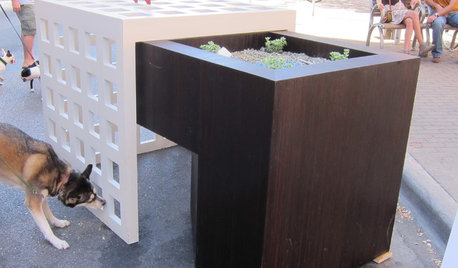
PETSDoghouses Worth a Wag: Report From Barkitecture 2011
Annual fundraiser sniffs out the best — and quirkiest — in Austin doghouse design
Full Story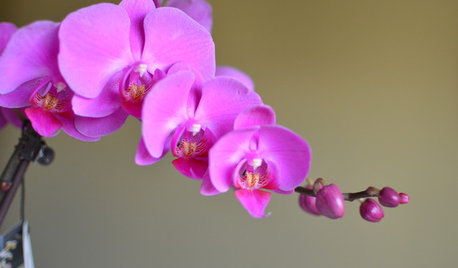
MID-ATLANTIC GARDENINGChecklist: What To Do in the Garden This Month
February Gardener: Plant sprouts, start seedlings, force bulbs, grow an orchid and more
Full Story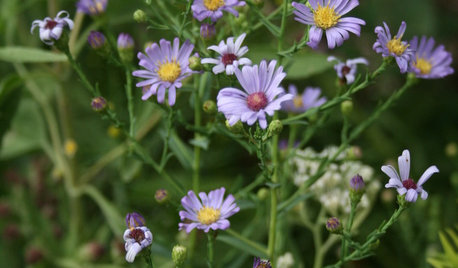
NATIVE PLANTSAutumn Joy: How to Get 3 Months of Fall Flowers
Enjoy blooms from September to November by mixing 6 asters native to different areas of the U.S.
Full Story
GARDENING GUIDESSpring Citrus Care Reaps Months of Sweet Rewards
Learn how to tend citrus trees in spring and ways to preserve their delicious fruit
Full Story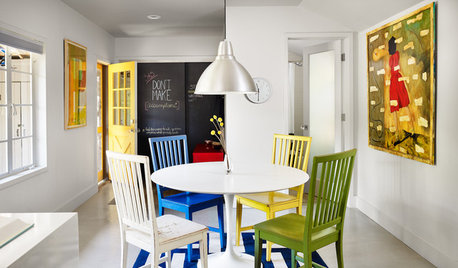
DECORATING GUIDES28 Decorating Moves to Try This Month
Treat your interiors to a pick-me-up with these quick and cheerful decorating tricks
Full Story
KITCHEN DESIGN15 Farmhouse Kitchens That Made Us Swoon This Month
Raw wood, natural light, shiplap siding — we just couldn’t get enough of these farmhouse-style kitchens uploaded to Houzz in January
Full Story





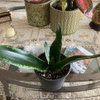

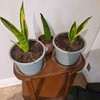
Cena
Michaela
Related Professionals
Derry Landscape Architects & Landscape Designers · Simi Valley Landscape Architects & Landscape Designers · Winder Landscape Architects & Landscape Designers · Wake Forest Landscape Contractors · Bridgeview Landscape Contractors · Cary Landscape Contractors · Deerfield Beach Landscape Contractors · Hoover Landscape Contractors · Mahwah Landscape Contractors · Oakland Landscape Contractors · Santa Ana Landscape Contractors · Aurora Window Contractors · Goulds Window Contractors · Naples Window Contractors · Pleasant Grove Window ContractorsjderosaOriginal Author
Cena
jderosaOriginal Author
elsier
Michaela
elsier